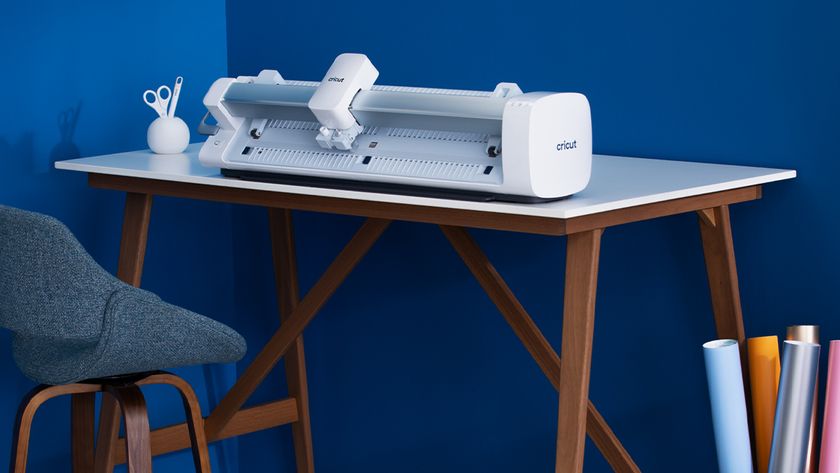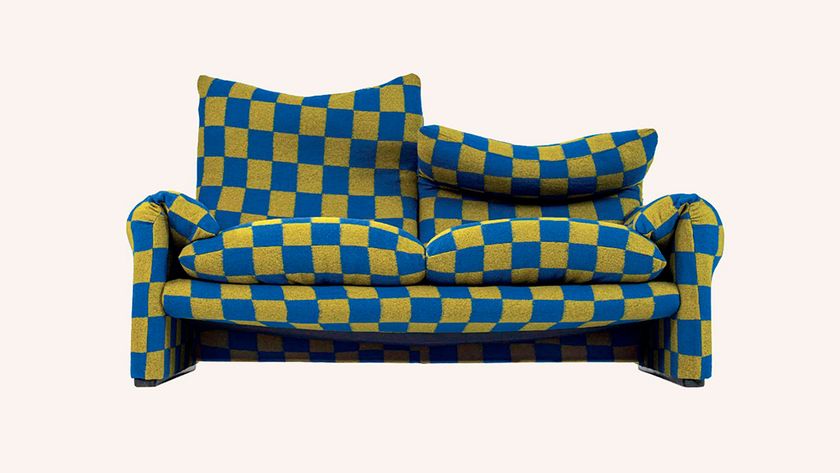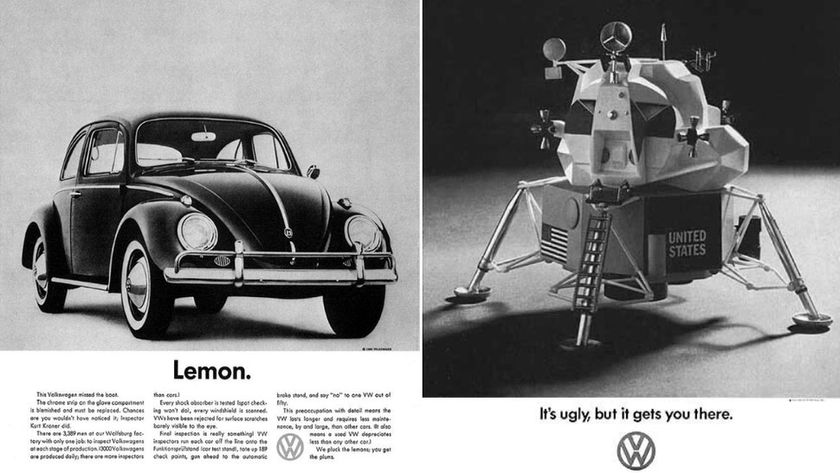Why illustrators should care about copyright
Copyright and licensing have never been so important for illustrators – here's why.
Copyright and licensing are hardly words to lift the spirits and inspire creative energy, yet they are essential.
There's an ever-growing consumer demand for great illustration. I may be biased, but I would say that illustration is the strongest visual communication tool in our increasingly image-based world. Its versatility and accessibility are integral to everything from books and websites, to packaging and advertising. Illustration is in our supermarkets, on our mobiles, in our libraries and on our clothes. A world without illustration is unthinkable, and it's copyright that supports it all.
The UK has brilliant copyright law, closely aligned to the also excellent European law. These laws look even better compared to the US where, although copyright exists, you have to pay to register it to get the full protection. In the UK, that protection is a given: all of your illustration work automatically has full copyright.
But there is significant growth in copyright infringement cases. The notable industry case studies – often involving high-street brands – can be read as shorthand for myriad cases that fail to attract coverage. Why is this happening? In part, it is because illustrators are increasingly confident in understanding and knowing their rights, and speaking out when they are abused.
The Association of Illustrators (AOI) – the UK body supporting illustrators and the illustration industry – regularly advises on concerns around copyright infringements, and has excellent fact sheets for understanding these seemingly complex areas.

Why copyright matters
Without copyright you cannot licence. Without licensing we wouldn't have an industry where illustration can be a viable career, and without career illustrators, commissioners wouldn't be able to get the great work that they need.
While some would argue that globalisation and the internet make copyright redundant, the truth is it's never been so vital. Not only is it perfectly able to adapt to all that the current and future commissioning landscapes require, it works brilliantly as an economic model. Licensing allows for commissioners to pay for the specific uses they need at the time, and then come back later if they require more. It's a lean and efficient purchasing model.
Get the Creative Bloq Newsletter
Daily design news, reviews, how-tos and more, as picked by the editors.
The knack is for illustrators and commissioners to work together to understand how this works, and to be open with each other to ensure we keep our thriving and enviable illustration industry going. Commissioners rely on there being great illustrators of all kinds – emerging, established, experimental, esoteric – just as illustrators rely on a broad breadth of commissions.
The AOI, and I, look forward to working respectfully, energetically and positively together with commissioners and illustrators – as an industry – to ensure the future for ourselves and our wonderful, inspirational world of illustration.
This article originally appeared in Computer Arts, the world's best selling design magazine. Subscribe here.
Related articles:

Thank you for reading 5 articles this month* Join now for unlimited access
Enjoy your first month for just £1 / $1 / €1
*Read 5 free articles per month without a subscription

Join now for unlimited access
Try first month for just £1 / $1 / €1












